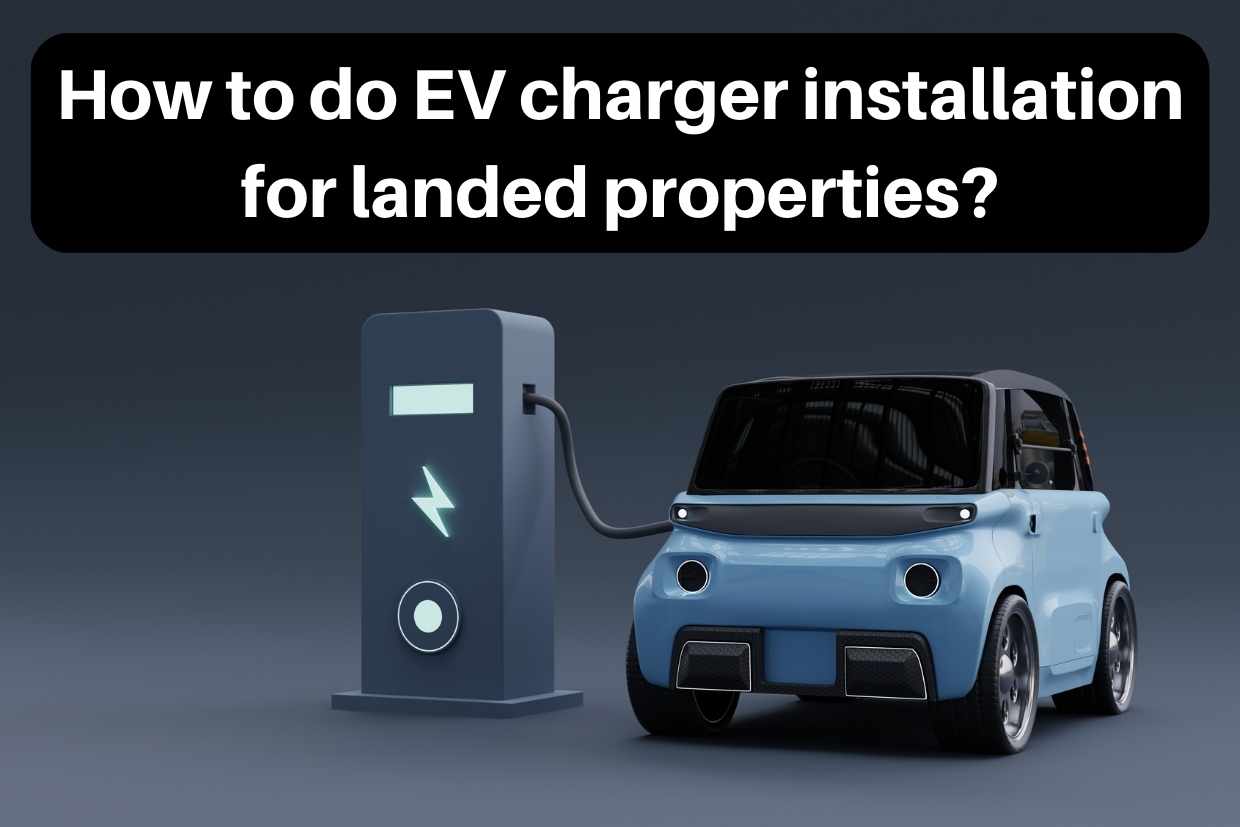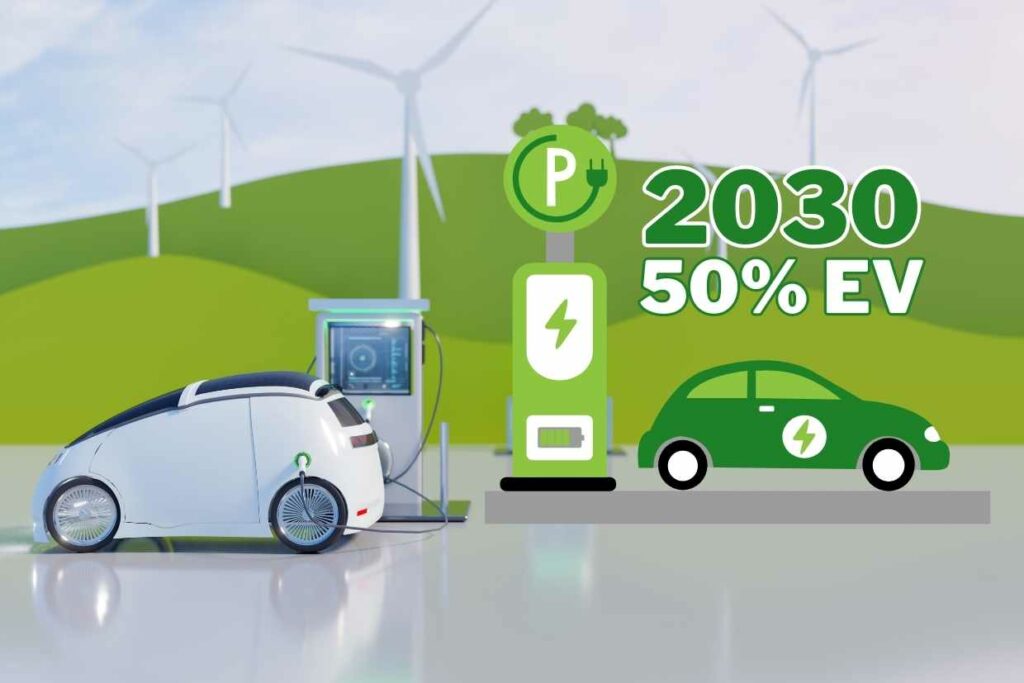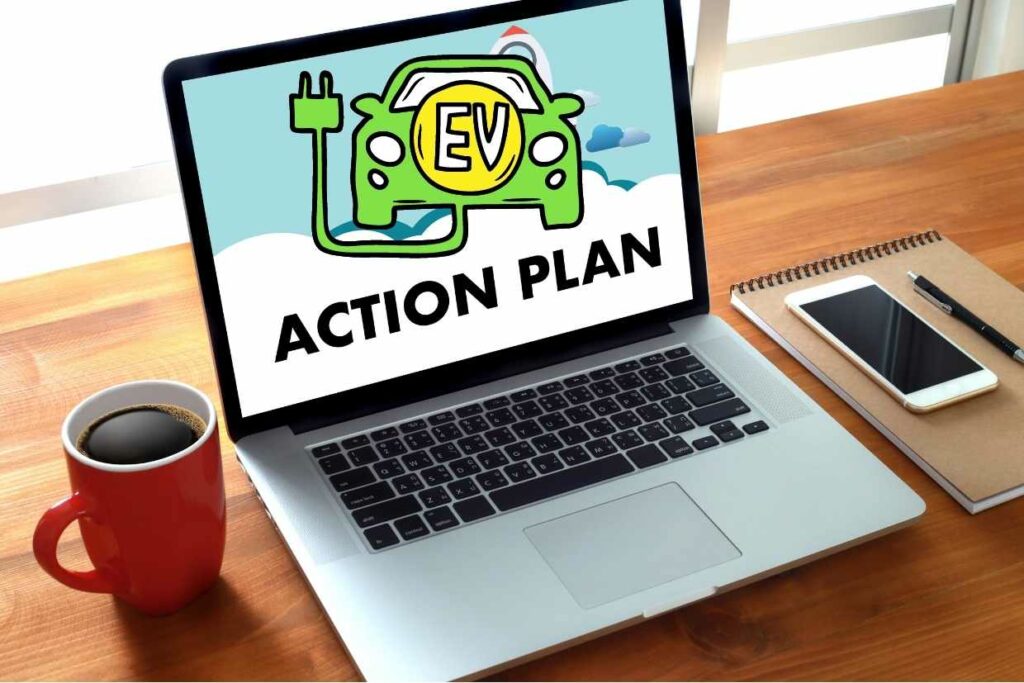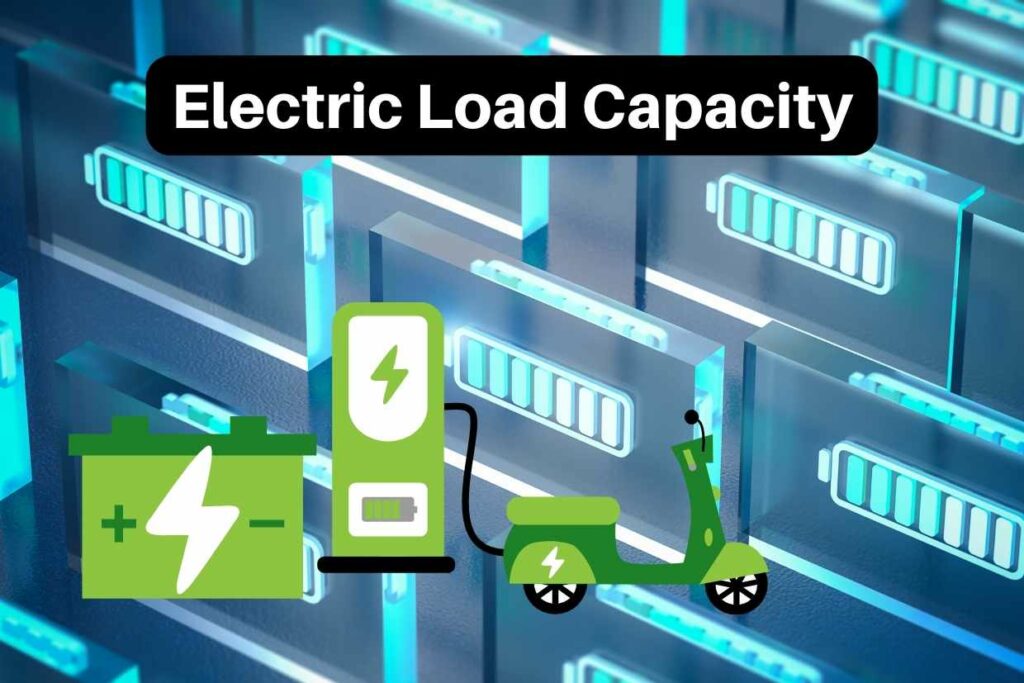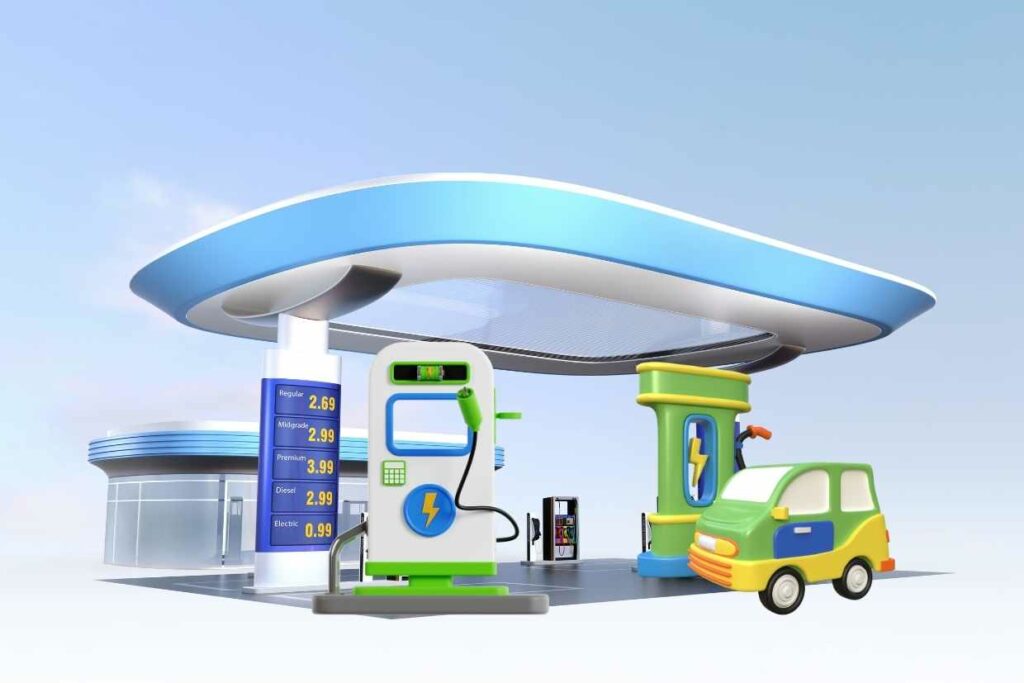EV charger installation for electric vehicles provides property owners various benefits, including attracting tenants to their commercial property or multifamily unit. It can also act as a source of money for the property owner.
You might be wondering where to start once you’ve decided EV charger installation on your land is the best next step, regardless of whether you intend to use it as a money-making venture or simply as a courtesy to your customers. We can walk you through the process of installing an electric vehicle charging station so that you get the most bang for your buck. This includes everything from determining the scope of your project to commissioning the system.
Project Scope Determination
Let’s talk a bit about the options for EV charger installation. We use Level 2 chargers mostly in landed properties. That is because they offer to charge acceptable speeds while still being very inexpensive.
What is considered the most effective choice for fleet vehicles? It is a DC-based fast charger that is very efficient chargers can bring a battery from almost completely dead to fully charged in a quick time.
How many chargers will you install? It should be a careful balancing act between your available funds and the requirements of your system. Because the use of electric vehicles is expected to continue to increase, having more EV charges in place is always a good idea. According to several reports, electric vehicles will make up fifty per cent of the world’s new automobile market by 2030. It will be far simpler and quicker in the future to build infrastructure for additional chargers than it will be to future-proof your EV charger installation now.
Planning
After deciding on your requirements, you go on to the planning stage of the EV charger installation project. To satisfy your charging requirements, it is important to have the appropriate electrical infrastructure in place. The project managers will determine that. At the same time, they will identify what potential enhancements may be necessary.
Choosing an experienced expert will help you here. An expert can help you save expenses even further. They will also assist you with obtaining permits and applications for tax credits, rebates, etc.
In Singapore, there are many different EV charger installation companies from which you can choose; however, not all of them are the same. Before making a final choice, it is important to investigate the company’s services and prices. If you are just starting with electric vehicles, you should look for a firm that simplifies the charging process for EVs. In addition, you will need to choose an electrician and set up an appointment for a site inspection. MNL Asia’s staff will assist you in making the appropriate selections regarding the charging options and location for your installation. In addition to that, we will prepare a proposal for your project.
Confirming the electric load capacity
EV charger installation needs a large amount of work underground; planning for future electrical capacity and demand is essential. In most cases, the construction of a building or complex will include the provision of sufficient power sources to meet the demands of the building’s or complex’s anticipated use at the time of construction. Adding electric vehicle charging may necessitate expanding the available electrical capacity, and quicker chargers necessitate even more expansion.
The majority of industry experts agree that constructing Level 1 or Level 2 chargers to accommodate today’s demand is a myopic strategy. Instead, it is more prudent to anticipate and prepare for future needs. Most people believe it is appropriate to provide 10 to 20 per cent of parking capacity to electric vehicles, depending on the interest and demand of the occupants, incentives, and the total financial outlay.
EV charger installation
Compared to establishing a charging station for usage on a multifamily rental property, installing a charging station for electric vehicles in a landed property is somewhat simpler. Most people living in a landed property may easily charge their devices by plugging the home charger into a plug. However, commercial stations in multifamily buildings are required to have hardwired connections installed by an electrician. Regardless of the situation, your tenants will soon be allowed to utilise your newly installed electric car charging stations for their plug-in automobiles.
Establishing a reliable platform
After the EV charger installation, a professional will provide the necessary instruction and initial assistance. Good consultations can provide training for apps for property managers and owners of electric vehicles. If you want to provide the greatest experience possible, they will assist you in designing a bespoke application as well.
Being able to manage and track the performance is another advantage of these platforms. Meanwhile, your clients will be able to make payments through these platforms, locate the charging station closest to them, and get notifications once the vehicle’s battery is fully charged.
Conclusion
Last but not least, a feasibility analysis of energy consumption is a crucial phase in EV charger installation. That is because there are currently so many innovative electric vehicles charging solutions on the market. The analysis mentioned above can include an assessment of technologies used, a comparison of electric vehicle software and hardware, installation requirements, maintenance etc.
It is advisable to work with the company that was chosen to provide electric vehicle charging services to conduct an analysis of the load capacity. Using the solutions for energy storage may often counter the increased electric utility rates connected with EV charging. Thus it is worthwhile for individuals interested in being green and saving money in the long term to evaluate these possibilities. Cost analysis and a better understanding of return on investment are helped by having an accurate energy review.
We advise you to go ahead with a certified EV charger installer to stay ahead of trends and to get the best service possible.

